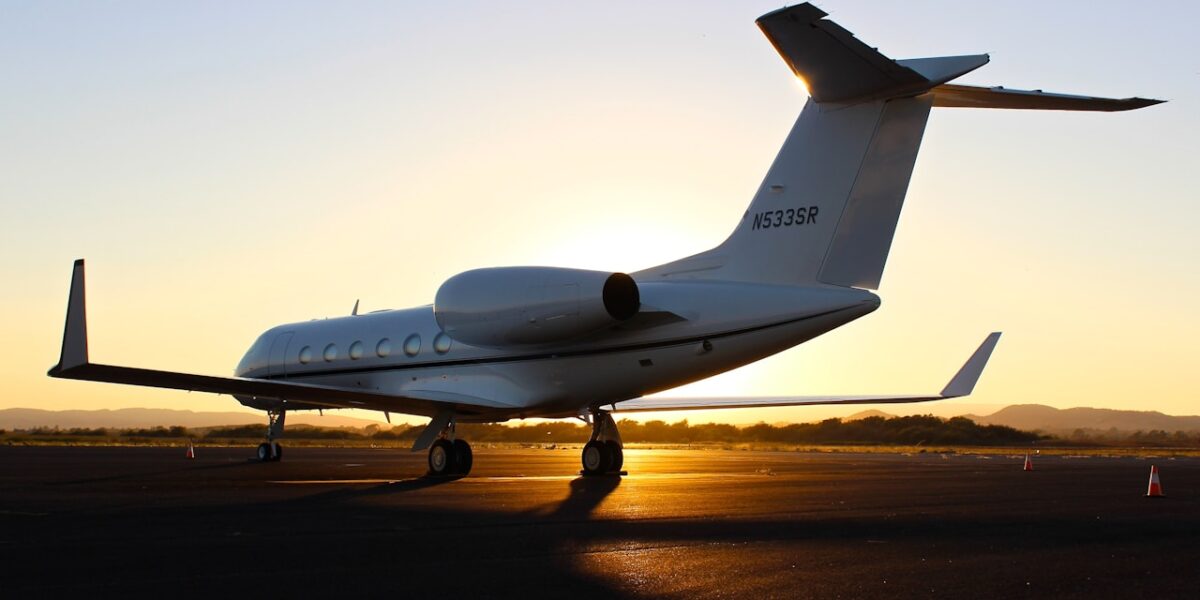What Does IFR Stand For in Aviation?
What Does IFR Stand For in Aviation?
In aviation, the term IFR stands for Instrument Flight Rules. These rules are crucial for pilots flying in conditions where visibility is limited. They allow pilots to fly aircraft by relying on instruments instead of visual references. This system ensures safety in adverse weather and during night flights.

The Basics of IFR
IFR involves a set of regulations and procedures. It directs pilots when flying in low visibility, such as clouds or fog. Under IFR, a flight can operate even if the pilot cannot see outside the cockpit. The primary reliance is on the aircraft’s instrument panel.
Key Instruments in IFR
- Altimeter: Measures the aircraft’s altitude.
- Airspeed Indicator: Shows the aircraft’s speed relative to the air around it.
- Attitude Indicator: Depicts the aircraft’s orientation relative to the horizon.
- Heading Indicator: Indicates the aircraft’s current heading.
- Vertical Speed Indicator: Displays the rate of climb or descent.
These instruments collectively ensure that the pilot can maintain a safe flight path.
IFR vs. VFR
Instrument Flight Rules differ from Visual Flight Rules (VFR). VFR requires clear weather and pilots to navigate based on visual observation. Under VFR, pilots look out for landmarks, other aircraft, and obstacles. IFR, however, is essential when visibility is less than 3 miles, or the cloud ceiling is limited.
Flight Planning Under IFR
Flights operating under IFR need a detailed flight plan filed with air traffic control (ATC). This plan includes:
- Route of flight
- Altitude
- Estimated times of departure and arrival
- Fuel on board
- Number of passengers
ATC uses this information to manage air traffic and ensure safe separation between aircraft.
Clearances and Communication
While flying under IFR, pilots need clearance from ATC before executing many actions. These clearances include takeoff, landing, and changes in altitude or route. Constant communication ensures pilots follow controlled guidelines and maintain safety.
In busy airspace, IFR procedures are standard. They prevent collisions and ensure smooth air traffic flow. Pilots must adhere to ATC instructions and report their position regularly.
Training and Certification
Pilots must undergo extensive training to become proficient in IFR. This includes:
- Learning to interpret various flight instruments
- Understanding ATC communication protocols
- Meteorology related to IFR conditions
- Practicing in simulators and real flight conditions
After training, pilots pass a check-ride that tests their IFR skills. Only then are they certified to fly under these rules.
Advantages of IFR
One major advantage of IFR is the ability to fly in almost any weather condition. It gives flexibility and reliability in scheduling flights. This system is particularly important for commercial aviation, where delays can lead to significant costs.
Another benefit is enhanced safety. The detailed procedures and constant ATC oversight reduce the risks of mid-air collisions and other flight hazards.
IFR in General Aviation
While often associated with airlines, IFR is also important in general aviation. Private pilots use IFR to increase their flying options and safety margins. For those flying in areas with frequent poor weather, IFR can be indispensable.
IFR Flight Phases
IFR flights involve distinct phases:
- Pre-flight preparation
- Clearance delivery
- Taxiing
- Takeoff
- En-route navigation
- Approach
- Landing
Each phase requires adherence to specific protocols and procedures. This structured approach ensures order and safety throughout the flight.
Role of Technology in IFR
Advancements in avionics have enhanced IFR operations. Modern aircraft are equipped with sophisticated navigation systems like GPS, autopilot, and weather radar. These tools aid pilots in maintaining precise control and situational awareness.
Electronic flight bags (EFBs) have also become common. These devices provide real-time flight information, charts, and weather updates, simplifying IFR navigation.
Challenges of IFR
Flying under IFR requires a high level of skill and concentration. Pilots must make quick decisions based on instrument readings. They also need to interpret ATC instructions accurately and timely.
Another challenge is dealing with potential equipment failures. Pilots must be proficient in contingency plans and backup systems. Redundancy in aircraft instruments is crucial for maintaining IFR safety standards.
Conclusion of an IFR Flight
Landing under IFR can be particularly demanding. Pilots execute instrument approaches to guide the aircraft to the runway. These approaches range from precision, using systems like Instrument Landing System (ILS), to non-precision, which rely solely on navigation aids. Each requires a detailed understanding of the approach plates and careful adherence to descent profiles.
Air Traffic Control’s Role
ATC plays a pivotal role in managing IFR flights. Controllers provide pilots with critical information, including weather updates, traffic alerts, and route adjustments. Their oversight is essential, especially in congested airspace and adverse conditions.
Coordination between adjacent ATC sectors ensures seamless transitions during a flight. This collaborative effort maintains flight safety and efficiency.
Instrument Approaches
Instrument approaches are categorized based on the type and accuracy of the guidance provided:
- Precision Approaches (PA): Offer lateral and vertical guidance, examples include ILS and PAR.
- Non-Precision Approaches (NPA): Provide only lateral guidance, such as VOR and NDB approaches.
- APV Approaches: Offer enhanced precision without meeting PA standards, includes RNAV (GPS).
Pilots must be adept at executing these approaches to ensure safe landings even in low visibility conditions.
Weather Considerations
Weather reporting is vital for IFR flights. Pilots receive pre-flight weather briefings detailing current and forecasted conditions. In-flight weather updates keep pilots informed about any changes. Systems like onboard weather radar help detect and avoid severe weather patterns.
Understanding weather phenomena, such as turbulence, wind shear, and thunderstorms, is critical for safe IFR operations. Pilots must adjust their flight plans and strategies accordingly.
IFR Regulations and Compliance
Authorities like the FAA in the United States and EASA in Europe regulate IFR standards. These regulations cover aspects like:
- Aircraft equipment requirements
- Pilot certification processes
- ATC procedures and protocols
- Flight planning and filing practices
Strict compliance with these regulations is mandatory. It ensures a uniform standard of safety and efficiency across global aviation operations.
Autopilot and IFR
Autopilot systems are integral to IFR flights. They reduce pilot workload by managing multiple flight parameters. Pilots set desired headings, altitudes, and speeds, and the autopilot maintains these settings. It enables pilots to focus on monitoring instruments and communicating with ATC.
Advanced autopilot systems can even execute complete instrument approaches. They further enhance the precision and safety of IFR operations.
IFR in Different Aircraft Types
IFR is not limited to commercial airliners. It applies to various aircraft, including:
- Private and business jets
- Helicopters
- General aviation aircraft
Each aircraft type requires specific IFR equipment and procedures. Pilots must be trained and certified for IFR operations in their respective aircraft.
Simulators and IFR Training
Simulators are invaluable tools for IFR training. They replicate real-world flight conditions and instrument scenarios. Trainees practice interpreting instruments, responding to emergencies, and communicating with ATC. Simulated environments allow for risk-free learning and proficiency development.
Regular simulator sessions are part of ongoing training for certified IFR pilots. It ensures they remain adept at handling various IFR situations.
Future of IFR
Technological advancements continue to shape IFR. Enhanced navigation systems, like satellite-based augmentation, provide higher accuracy. Innovations in avionics improve situational awareness and safety.
Autonomous systems and artificial intelligence also hold potential. These technologies might reduce pilot workload further and increase operational efficiency. The future of IFR promises more integration of technology for safer, more reliable flights.


